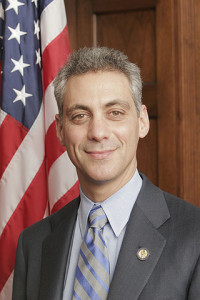
Whenever there is new business development in an area, it leads to job creation. Large metropolitan areas are delighted when this happens and policymakers usually do whatever they can to facilitate the process. In this article we look at two companies: one large (Ford Motor Company) and one small (The Licking Chicago) to see what their current plans are in the region.
At the far South Side, a renovation of two Ford Plants (costing $1 billion) has just been completed. One of the plants was the company’s oldest continuously producing one. It has now been completely converted to a state-of-the-art facility in order to construct the new Ford Explore. Featuring a brand-new paint shop, advanced tooling (which will be used for the development of the new SUV line) and contemporary body shop, the remodeling took a mere month to complete. Although there will be over 650 robots, this does not seem to have affected the massive job creation that has emerged from this project. The sentiment was echoed by Local 551 Union Chairman Alan Millender who said he was “surprised[since with] the new robots, you think would take jobs away, but it actually added jobs in Chicago. My dad worked 51.4 years here he would be amazed what this plant has come from.”
Ford Motor Company President Joe Hinrichs said:
“We’re proud of our commitment to the South Side of Chicago. 95 years of being here. This investment says a lot about the community and our support we get here, our great workforce. The Explorer Aviator is sold out for this year and we think next year as well. So, great signs for this community, including the stamping plant, and a big commitment by Ford.”
On a smaller scale, a popular Miami chain restaurant – Finga Licking – has just opened at 5045 W. Madison. The owner – popular hip-hop/rap, artist/producer DJ Khaled – is seeking to “make the franchise accessible and bring jobs to communities that need them.” This sentiment was echoed by Sharod Robinson, regional manager who said:
“We’re about bringing jobs and creation to the urban neighborhoods. We employee over 100 employees and all of them are from within the community.”






